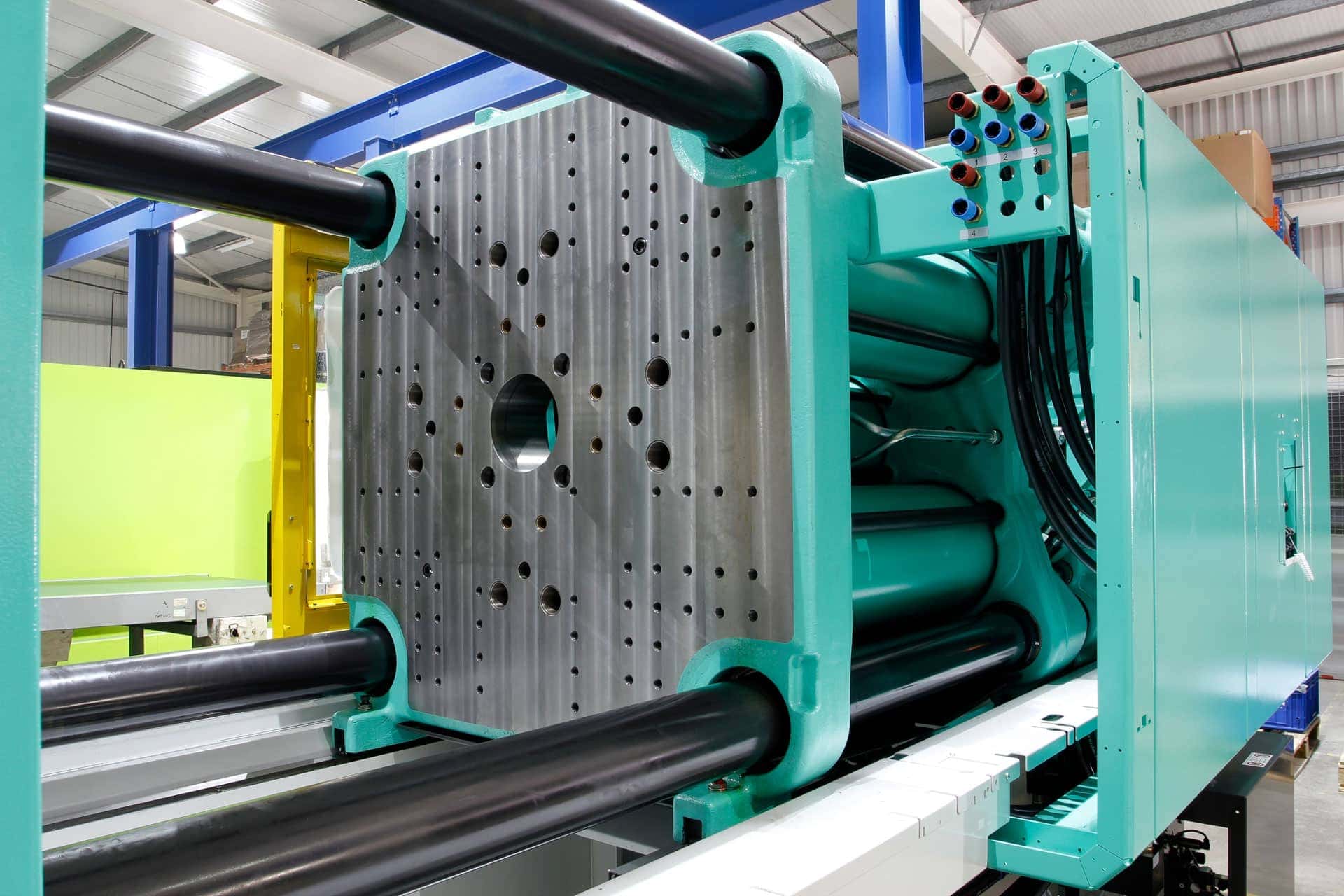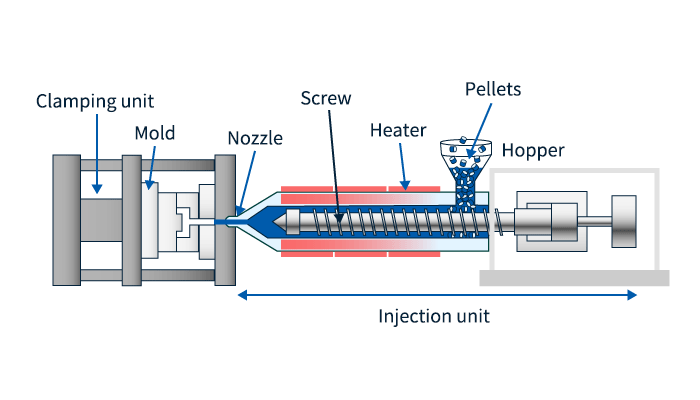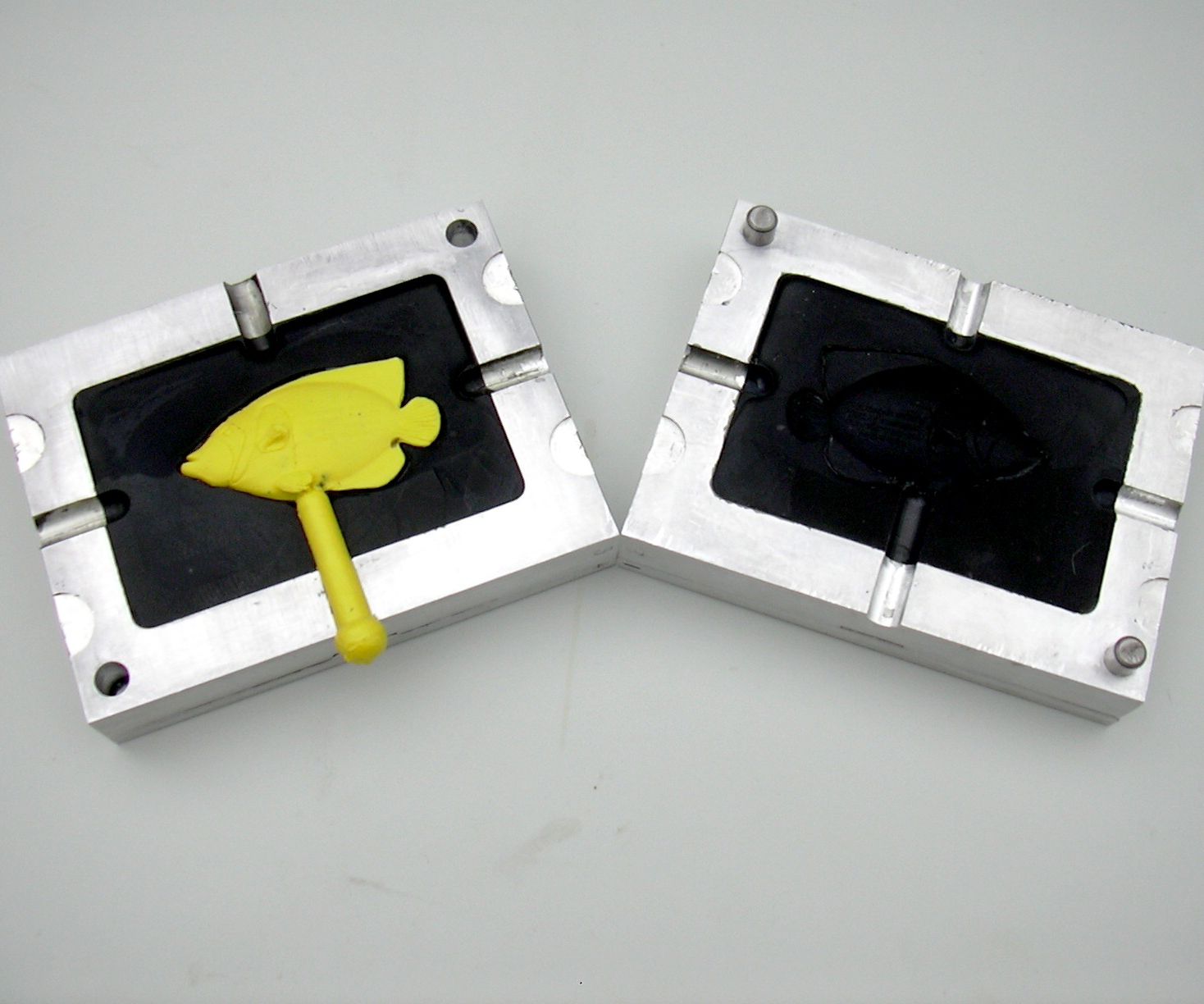Just How Plastic Injection Molding Makes Certain Consistency and Precision in Production
Just How Plastic Injection Molding Makes Certain Consistency and Precision in Production
Blog Article
Understanding the Fundamentals of Plastic Injection Molding Processes
Plastic injection molding serves as a cornerstone of modern production, giving a systematic technique to creating complex components with accuracy. Discovering these crucial components might expose how even small changes can lead to substantial enhancements in production outcomes, elevating inquiries regarding the capacity for advancement in this recognized process.
What Is Plastic Shot Molding?
Plastic shot molding is a commonly utilized production process that changes thermosetting and polycarbonate materials right into accurate and intricate shapes. This technique is preferred for its ability to generate high volumes of the same parts with remarkable precision, making it an important approach in different sectors, including auto, durable goods, and medical tools.
The process includes thawing the selected plastic product and infusing it into a mold and mildew under high stress. The mold, created to the specifications of the preferred component, allows the liquified plastic to materialize as it strengthens and cools down. Once the material has actually hardened, the mold is opened up, and the ended up component is ejected.
Plastic injection molding uses several advantages, including decreased waste, uniformity in production, and the capability to include intricate styles that might be testing with various other manufacturing methods. Furthermore, it sustains a broad variety of materials, each offering special residential properties that can be customized for details applications. As sectors remain to introduce, plastic shot molding remains at the leading edge, allowing the advancement of sophisticated products that satisfy progressing consumer demands.
The Injection Molding Process
The injection molding procedure is a sophisticated technique that entails numerous vital phases to generate high-grade plastic parts. Plastic pellets are fed right into a warmed barrel where they are melted right into a thick fluid. This molten plastic is then injected under high stress right into a precision-engineered mold, which shapes the material right into the preferred type.
Once the mold and mildew is loaded, the plastic is permitted to cool and solidify, taking the shape of the mold and mildew tooth cavity. Air conditioning time is critical, as it impacts the cycle time and the last homes of the molded component. After sufficient cooling, the mold opens, and the ended up part is ejected making use of ejector pins.

Materials Utilized in Injection Molding
Different materials can be made use of in the injection molding process, each offering unique homes that satisfy particular applications. One of the most frequently utilized products include thermoplastics, thermosetting plastics, and elastomers.

Thermosetting plastics, like epoxy and phenolic resins, undergo a chemical adjustment during the treating procedure, causing a rigid, useful content inflexible framework. These materials are perfect for applications needing high warm resistance and structural stability, frequently used in electric insulators and vehicle parts.
Elastomers, consisting of silicone and rubber-based products, offer flexibility and durability. Their distinct properties make them ideal for applications that demand elasticity, such as seals and gaskets.
Furthermore, specialized products like bio-based plastics and compounds are obtaining grip for their environmental benefits and improved efficiency attributes, broadening the range of shot molding applications in numerous sectors. Recognizing the homes of these products is important for choosing the proper type for certain tasks.
Advantages of Shot Molding
Injection molding sticks out as a very efficient production procedure that uses many advantages for creating complex parts with accuracy. One of the most significant advantages is the capacity to produce complex designs that would certainly be difficult or difficult to accomplish with other techniques (Plastic Injection Molding). The procedure permits in-depth features and limited tolerances, making sure top notch components
Furthermore, injection molding is recognized for its quick production abilities, making it an optimal choice for high-volume manufacturing. When the mold and mildew is produced, parts can be created quickly, lowering lead times and enhancing total productivity. This performance not only reduces production expenses however likewise gives an affordable side in the marketplace.
The adaptability of materials used in shot molding additionally improves its charm. A wide variety of thermoplastics and thermosetting polymers can be employed, enabling manufacturers to choose materials that ideal satisfy their specific demands, consisting of strength, flexibility, and heat resistance.
Moreover, the procedure lessens waste, as excess product can commonly be recycled and recycled. This sustainability facet adds to a minimized environmental impact, making shot molding an accountable manufacturing choice. Overall, the advantages of shot molding make it a preferred approach for several industries.
Factors Affecting Product High Quality
While numerous variables can influence item quality in injection molding, recognizing these elements is important for accomplishing optimum outcomes. Trick elements include material selection, processing specifications, and mold style.
Material selection plays an important role, as different polymers exhibit unique residential properties that influence flowability, toughness, and thermal security. Insufficient material choice can result in problems such as warping or insufficient dental filling.
Handling specifications, including cycle, stress, and temperature time, should be carefully controlled. Variants in these settings can result in inconsistencies partly measurements and surface coating. Exceedingly high temperatures may create destruction of the polymer, while insufficient stress can result in brief shots.
Mold layout is equally essential, as it figures out the circulation of the molten plastic and the cooling process. Badly made mold and mildews may bring about unequal cooling prices, resulting in dimensional mistakes and residual anxieties.

Verdict
Finally, plastic shot molding works as an essential production procedure that makes it possible for the reliable manufacturing of top notch elements. Mastery of the injection molding procedure, consisting of the understanding of see this page products and the influence of various elements on product quality, is crucial for achieving optimum results. The advantages of this method, such as cost-effectiveness and layout versatility, further underscore its significance throughout several markets, solidifying its condition as a favored choice for high-volume manufacturing.
Plastic shot molding serves as a cornerstone of modern-day production, offering a methodical strategy to creating complex parts with precision.Plastic shot molding uses several benefits, including reduced waste, uniformity in production, and the capacity to incorporate detailed styles that may be testing with other producing methods (Plastic Injection Molding). As sectors continue to introduce, plastic injection molding stays at the forefront, making it possible for the development of innovative products that satisfy evolving customer needs
The injection molding procedure is a sophisticated method that involves a number of key stages to generate premium plastic parts.In conclusion, plastic shot molding offers as a vital manufacturing procedure that allows the reliable manufacturing of top quality components.
Report this page